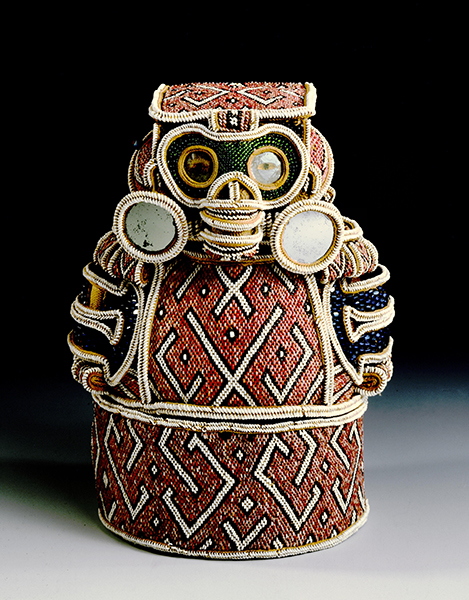Invasion! The Graphic Novel Class
For the Graphic Novel Seminar, we have been reading Gord Hill's "500 Years on Indigenous Resistance". This graphic novel is a history of the Americas from the point of view of the numerous Indigenous peoples who have lived here for an estimated 40,000 years! We will be using this history graphic novel as a launching point to make our own graphic novels.
We started with the Taino people; the native people of the Caribbean. We studied their art, culture, economy and history. The Taino are invaded by Christopher Columbus and the Spanish Crown in 1492; their society is never the same again as they experience a genocide.
While it was recorded that the Taino people go extinct in the 1500s, and most were killed as a result of massacres, murder, torture, abuse and starvation, there is recorded resistance. For example, there was Enriquillo's Rebellion of 1519 in what is now Haiti and the Dominican Republic. Enriquillo was a Taino Caciques, which is another word for a Chief (like a Chief of Police, for example), who used early Guerilla warfare techniques of ambushes and raids, was able to negotiate mostly on his terms with the early Spanish Conquistadors and Colonists.
The Taino also didn't all go away! in 2018, Arizona State University conducted research that compared the skeletal remains of Taino with modern day Puerto Ricans. As it turned out, there were matches, with some people being 80-100% Taino DNA.
Today there is a resurgence of Taino descendants rediscovering their ancestry. The story of Taino resistance is sadly a story of assimilation and hiding, but ultimately, it is a story of survival. Columbus noted himself how healthy and happy the Taino were, and how antisocial crimes were virtually unknown when he encountered them; it is a miracle their culture lives on, as there is much to learn from their culture today. They made beautiful wood sculptures and meticulously beaded sculptures made from seeds, seashells and later glass beads and mirrors. Gold was sparse in Hispaniola (what Columbus called what is now Haiti and the Dominican Republic) and could be found in streams and riverbeds, but to the Taino it held no currency, rather, it was more of a decorative item of which they bejeweled themselves, furniture and materials with. Below is a lounging chair the Taino people made accented with gold.
Students learned vocabulary words from the readings. They then needed to make a 1 page graphic novel on the topic of INVASION (they could interpret this any way they wanted). Their graphic novel needed to use 5 vocabulary words from the reading. Here is what they came up with.



































These are great! I also appreciate the history you shared. Thanks!
ReplyDelete